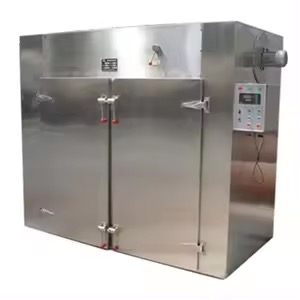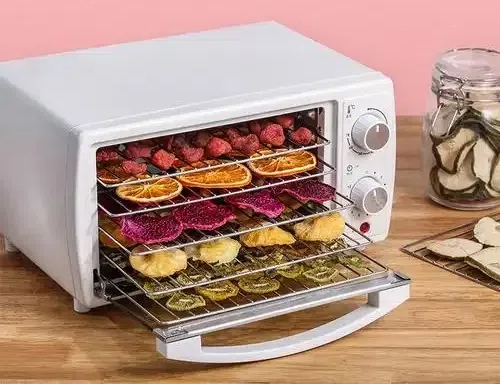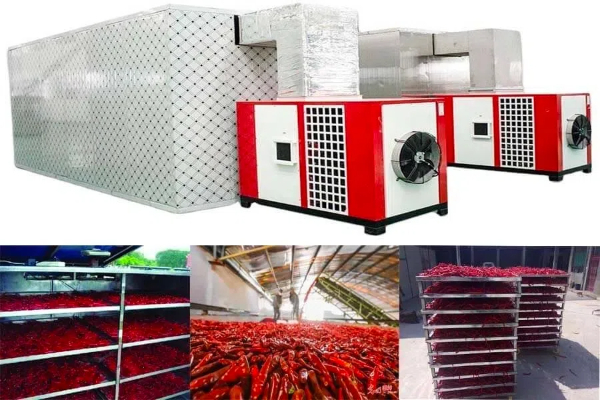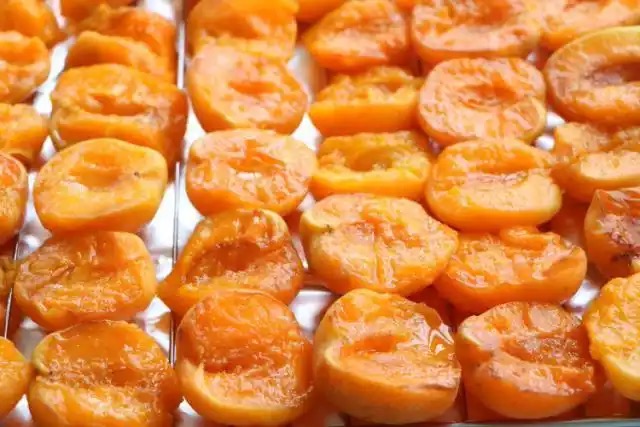
Content Menu
● Introduction to Heat Pump Dryers
● Understanding the Water Drainage Process
>> How Heat Pump Dryers Work
>> Where Does the Water Go?
● Benefits of Using Heat Pump Dryers
>> Energy Efficiency
>> Space-Saving Design
>> Gentle on Clothes
>> Versatility in Drying Options
● Installation and Maintenance Tips
>> Installing a Heat Pump Dryer
>> Regular Maintenance
● Common Issues and Troubleshooting
>> 1. Excess Moisture in Clothes After Drying
>> 2. Water Tank Full Indicator Light
>> 3. Unusual Noises During Operation
>> 4. Extended Drying Times
● Environmental Impact of Heat Pump Dryers
● Conclusion
● Frequently Asked Questions
>> 1. What is a heat pump dryer?
>> 2. How does a heat pump dryer drain water?
>> 3. Do I need to empty the water tank after every use?
>> 4. Can I connect my heat pump dryer to my home plumbing?
>> 5. How often should I clean my heat pump dryer filter?
Introduction to Heat Pump Dryers
Heat pump dryers are an innovative solution for drying clothes efficiently while conserving energy. Unlike conventional dryers that vent hot air outside, heat pump dryers use a closed-loop system to recycle heat, making them more energy-efficient and environmentally friendly. One of the key features of heat pump dryers is their water drainage system, which raises the question: where does the water go in a heat pump dryer?

Understanding the Water Drainage Process
How Heat Pump Dryers Work
Heat pump dryers operate by extracting moisture from wet clothes and condensing it into water. This process involves several key components:
- Heat Exchanger: This component transfers heat from the air to the moisture-laden air inside the dryer.
- Compressor: The compressor circulates refrigerant, which absorbs heat from the air and releases it back into the dryer.
- Condenser: Here, the moisture is condensed into water, which is either collected in a tank or drained away.
When clothes are dried, the moisture is extracted and collected as water. The user can choose to either empty this water tank manually or connect a drain hose for automatic drainage.
Where Does the Water Go?
In a heat pump dryer, there are typically two options for managing the collected water:
1. Water Tank: Most heat pump dryers come with a removable water tank that collects condensed water. Users need to empty this tank regularly to ensure efficient operation.
2. Direct Drainage: For convenience, many models allow users to connect a drain hose directly to their plumbing system. This setup enables continuous drainage of condensed water without manual intervention.
Benefits of Using Heat Pump Dryers
Energy Efficiency
Heat pump dryers consume significantly less energy compared to traditional vented dryers. By reusing hot air and operating at lower temperatures, they reduce electricity bills and environmental impact. This energy efficiency not only benefits consumers financially but also contributes to reducing carbon footprints.
Space-Saving Design
Since heat pump dryers do not require external venting, they can be installed in smaller spaces, making them ideal for apartments or homes with limited laundry areas. This flexibility allows users to place their dryers in closets or laundry rooms without worrying about ductwork.
Gentle on Clothes
The lower drying temperatures used by heat pump dryers are gentler on fabrics, helping to preserve clothing quality over time. This means less wear and tear on garments, allowing them to last longer and maintain their appearance.

Versatility in Drying Options
Many heat pump dryers come with various drying programs tailored for different fabric types and load sizes. Users can select specific settings for delicate items, heavy fabrics, or mixed loads, ensuring optimal drying results while protecting their clothes.
Installation and Maintenance Tips
Installing a Heat Pump Dryer
When installing a heat pump dryer, consider the following steps:
1. Choose a Suitable Location: Ensure there is adequate space for ventilation and access to power outlets.
2. Connect the Drain Hose: If opting for direct drainage, connect the drain hose according to manufacturer instructions.
3. Level the Appliance: Use adjustable feet to level the dryer for optimal performance.
4. Ensure Proper Ventilation: While heat pump dryers don't require venting like traditional models, they still need adequate airflow around them for efficient operation.
Regular Maintenance
To maintain your heat pump dryer:
- Clean the Filter: Regularly clean lint filters to ensure efficient airflow.
- Check Drainage System: Inspect hoses for blockages or leaks.
- Empty Water Tank: If using a tank, empty it after each cycle or as needed.
- Inspect Seals and Gaskets: Regularly check door seals and gaskets for wear or damage to prevent moisture loss and maintain efficiency.
Common Issues and Troubleshooting
Despite their efficiency and ease of use, users may encounter some common issues with heat pump dryers:
1. Excess Moisture in Clothes After Drying
If clothes remain damp after a cycle, check if:
- The load was too large or unbalanced.
- The filter is clogged.
- The drain hose is kinked or blocked.
2. Water Tank Full Indicator Light
If your dryer indicates that the water tank is full even when it isn't:
- Ensure that the tank is properly seated in its compartment.
- Check for any obstructions in the drainage path.
3. Unusual Noises During Operation
If you hear strange noises during operation:
- Check for loose items in the drum.
- Ensure that the dryer is level and stable on its feet.
4. Extended Drying Times
If drying times are longer than usual:
- Clean filters and check for blockages in vents or hoses.
- Ensure that you are using appropriate drying settings for your load type.
Environmental Impact of Heat Pump Dryers
Using heat pump dryers not only benefits consumers but also has positive implications for the environment. Their energy efficiency reduces overall electricity consumption, which can lead to lower greenhouse gas emissions when powered by fossil fuels. Additionally, by preserving clothing quality through gentler drying processes, these appliances contribute to reduced textile waste over time.
Conclusion
Heat pump dryers offer an efficient and effective way to dry clothes while minimizing energy consumption and preserving fabric quality. Understanding where the water goes in a heat pump dryer—whether collected in a tank or drained directly—can help users optimize their laundry routines. With proper installation and maintenance, these appliances can serve households effectively for years while contributing positively to environmental sustainability.

Frequently Asked Questions
1. What is a heat pump dryer?
A heat pump dryer is an energy-efficient appliance that uses a closed-loop system to dry clothes by recycling hot air and condensing moisture into water.
2. How does a heat pump dryer drain water?
Water can be drained either through a removable tank that collects condensed moisture or via a direct drain hose connected to plumbing.
3. Do I need to empty the water tank after every use?
If using a water tank, it should be emptied after each drying cycle to prevent overflow and ensure efficient operation.
4. Can I connect my heat pump dryer to my home plumbing?
Yes, most heat pump dryers come with an option to connect a drain hose directly to your plumbing system for continuous drainage.
5. How often should I clean my heat pump dryer filter?
It is recommended to clean the lint filter after every use to maintain optimal airflow and efficiency.












